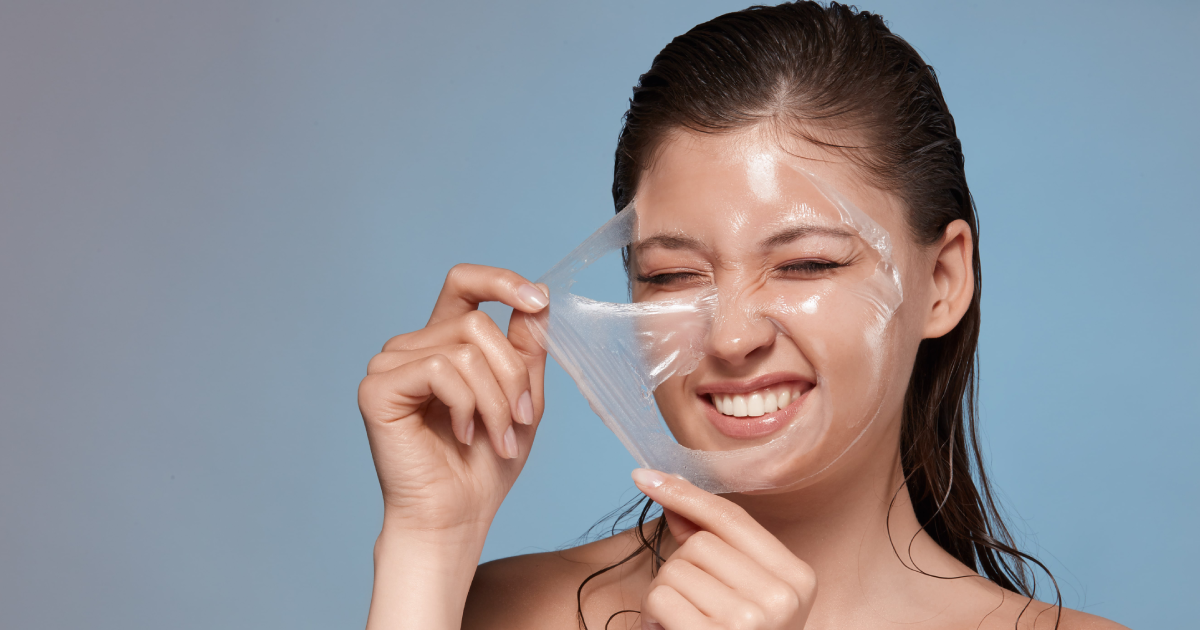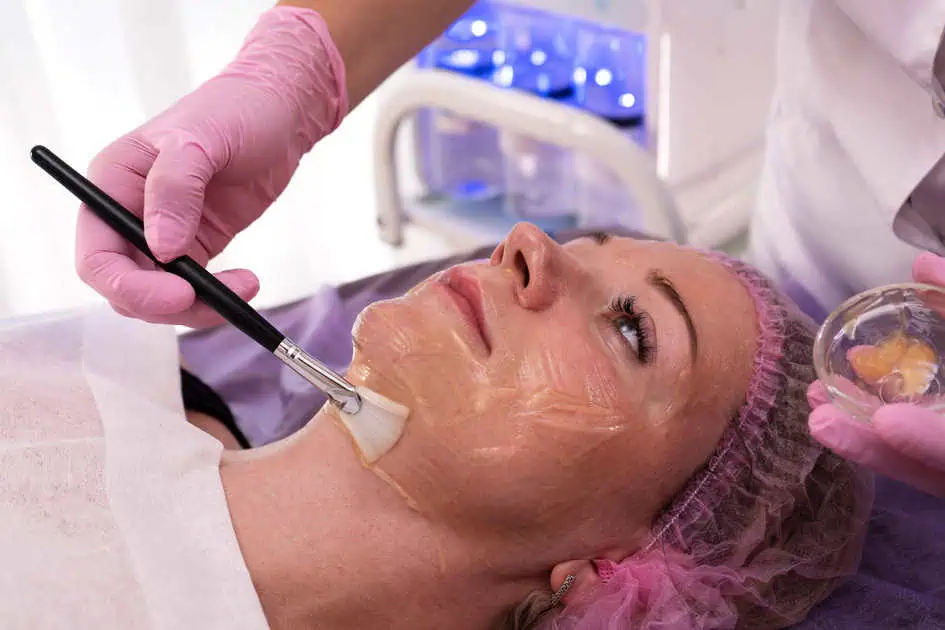Introduction
Embarking on the journey of a non-surgical cosmetic procedure can be both exciting and nerve-wracking. Whether you are looking to enhance your appearance or address specific aesthetic concerns, it’s essential to be well-prepared and informed. This comprehensive guide provides you with valuable tips and advice to ensure your first non-surgical procedure experience is smooth, successful, and satisfying.
Understanding Non-Surgical Procedures
Non-surgical procedures encompass a variety of treatments that improve your appearance without the need for invasive surgery. Popular options include Botox, dermal fillers, laser treatments, and chemical peels. These procedures are generally quick, have minimal downtime, and offer impressive results.
Botox and Dermal Fillers
Botox is commonly used to reduce wrinkles and fine lines by temporarily paralyzing muscles, while dermal fillers add volume to areas like lips, cheeks, and under-eye hollows. Understanding the difference between these treatments and what they can achieve is crucial for setting realistic expectations.
Laser Treatments
Laser treatments target various skin issues such as pigmentation, acne scars, and hair removal. These treatments use focused light to address specific skin concerns, often requiring multiple sessions for optimal results.
Chemical Peels
Chemical peels involve applying a chemical solution to the skin, which exfoliates and eventually peels off, revealing smoother and more youthful skin. Different types of peels address different skin concerns, from fine lines to hyperpigmentation.
Choosing the Right Practitioner
Selecting a qualified and experienced practitioner is paramount. Look for credentials, certifications, and reviews from previous clients. A reputable practitioner should be able to provide before-and-after photos of their work and answer all your questions comprehensively.
Consultation
During your consultation, discuss your goals, concerns, and medical history. The practitioner should explain the procedure, potential risks, and expected outcomes. This is your opportunity to gauge their expertise and establish trust.
Preparing for Your Procedure
Preparation is key to a successful outcome. Here are essential steps to take before your non-surgical procedure:
Follow Pre-Procedure Instructions
Your practitioner will provide specific pre-procedure instructions. This may include avoiding certain medications, supplements, and activities that could increase the risk of bruising or complications.
Hydrate and Nourish Your Skin
Well-hydrated skin responds better to treatments. Increase your water intake and use a good moisturizer leading up to the procedure. For treatments like laser or chemical peels, you might need to avoid certain skincare products a few days prior.
Arrange Transportation
Some procedures might involve mild sedation or numbing agents that can impair your ability to drive. Arrange for someone to drive you to and from the appointment if necessary.
What to Expect During the Procedure
Understanding what happens during the procedure can alleviate anxiety and help you prepare mentally.
Duration and Comfort
Non-surgical procedures are generally quick, ranging from 15 minutes to an hour. Your practitioner may apply a topical anesthetic to minimize discomfort. It’s normal to feel slight pressure or a mild sting, depending on the treatment.
Communication
Feel free to communicate with your practitioner during the procedure. If you feel uncomfortable at any point, let them know immediately.
Aftercare Tips
Proper aftercare is crucial for optimal results and swift recovery. Here’s what you need to know:
Immediate Aftercare
After the procedure, follow your practitioner’s aftercare instructions meticulously. This may include avoiding sun exposure, refraining from touching or massaging the treated area, and applying recommended ointments or creams.
Managing Side Effects
It’s normal to experience minor side effects such as redness, swelling, or bruising. These typically subside within a few days. Use cold compresses to reduce swelling and over-the-counter pain relief if necessary.
Follow-Up Appointments
Attend any scheduled follow-up appointments to monitor your progress and address any concerns. Your practitioner may suggest additional treatments or adjustments based on your healing and results.
Long-Term Care and Maintenance
Maintaining your results often requires ongoing care. Here’s how to keep your skin looking its best:
Skin Care Routine
Adopt a skincare routine that includes gentle cleansing, moisturizing, and sun protection. Your practitioner may recommend specific products tailored to your skin type and treatment.
Healthy Lifestyle
A healthy lifestyle supports skin health. Stay hydrated, eat a balanced diet rich in antioxidants, and avoid smoking and excessive alcohol consumption.
Regular Treatments
Some non-surgical procedures require maintenance sessions to sustain results. Discuss a treatment plan with your practitioner to keep your skin looking youthful and vibrant.
Conclusion
Preparing for your first non-surgical procedure involves thorough research, choosing the right practitioner, and following pre- and post-procedure care. By taking these steps, you can enhance your experience and achieve the desired results with minimal discomfort and downtime.






